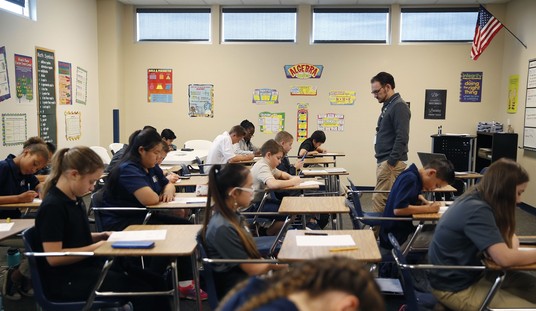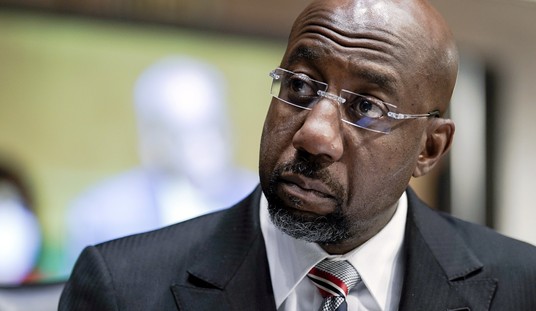The Department of Education has come a long way. When it was created in 1979, it was promised that the Education Department would fill in the gaps created between state agencies funding various education programs.
That has changed radically. The department now sports an $82.5 billion budget for FY 2025 and manages $1.6 trillion in student loans.
Congress got the bright idea in 2017 to redo the form that kids fill out to apply for a student loan. It's called FAFSA (Free Application for Federal Student Aid). Why the PR guys at the Department of Education didn't come up with a better acronym, I don't know.
It was a very, very difficult form. It was 118 questions long for some students and taxed the patience and the energy of younger folk. Congress came to the rescue and mandated a shorter form. Nothing is too good for our young people.
After several starts, stops, and starts again, the Education Department said it was ready to unveil the new form at the end of 2022, except they weren't. in January of 2023, the form was available only 30 minutes at a time, and, according to CNN, "the agency is monitoring site performance, conducting planned pauses for maintenance and making updates." They called it a "soft launch." Soft in the head, maybe. They weren't ready to send the form out and from there all sorts of problems sprung up.
In fact, there were numerous errors on the form, mostly in calculating financial need for students who reported their own financial assets in the application. "The department mistakenly omitted data on students’ investments and cash savings and sent reports that could have led schools and scholarship programs to offer more aid than students might actually qualify for," according to the Wall Street Journal.
“We’re beyond weary, and there’s a general distrust that there won’t be more errors found,” said Justin Draeger, president and CEO of the National Association of Student Financial Aid Administrators. “It just feels like the hits don’t stop coming.”
“It just continues to snowball the effect on the students who probably have the highest need, and in some instances burdens the institutions that have the least capacity to cope with the ever-changing directives that we receive,” said Dawn Medley, senior vice president for enrollment management and student success at Drexel University.
Medley said members of her team are already working 12-to-14-hour days navigating the financial aid morass in an effort to be able to share aid offers with admitted students by April 1. Drexel generally gets financial records from the government for about 25,000 first-year students; it has received 10,000 so far this year.
In its online guidance, the Education Department said schools can continue to put together aid packages for students who didn’t declare assets of their own, and use the government’s updated methodology to manually calculate tentative aid packages for students who were affected by the errors. The Education Department will also reprocess those student files for more official aid figures, though it is unclear when that will be completed.
"Manually calculate"? Welcome to the Biden administration's alternative universe, where the digital age never started.
Mr. Draeger wonders how a student aid office at a college or even a large university, can handle the hundreds or thousands of aid requests manually. “There’s an underappreciation for how challenging these things are for institutions,” he said.
Most students are in limbo waiting to compare financial aid packages from schools that have several different decision deadlines. And no one is sure whether the students are actually eligible for more aid or less.
“It’s just one more obstacle that these kids are up against where I think they are going to feel undue pressure to make decisions,” said Shannon Vasconcelos, senior director of college finance for a firm advising college coaches.
I'm not worried a bit about the Education Department figuring a way out of this mess. They'll have it all sorted out in a couple of years, I'm sure.










